To me the best games are ones where deep decisions rise from a simple rule set and interwoven player interaction. But to my chagrin there has been a trend, over the last few years, towards heavy games where the weight of gameplay derives from the complexity of the rules. This isn’t to say anything bad about those games, but they aren’t what I gravitate towards.
This is why I love games by Splotter Spellen. Their games are a perfect blend of streamlined rules and emergent complexity, and I think they’re far and away the best publisher on the market. I can’t tell you how many people I’ve introduced to games like Food Chain Magnate and The Great Zimbabwe. As my love of Splotter grew, I began searching out as many titles from their collection as I could. Over time I acquired their “Big Five” – Food Chain Magnate, Roads & Boats, The Great Zimbabwe, Antiquity, and my personal number one game – Indonesia. But beyond these five gems, Splotter’s lesser known works still eluded me, in particular Bus.
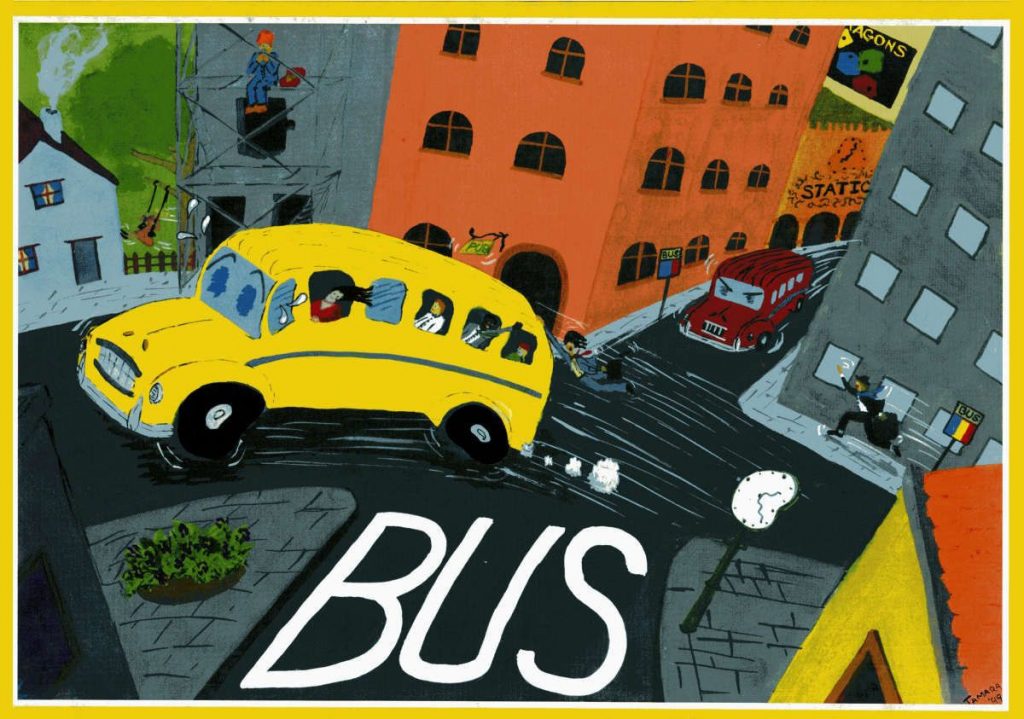
I’m not sure what is was about Bus that made me scour the internet to find a copy. Maybe it was the kitschy artwork and 1990s board game humor that littered the board. Or possibly it was the allure of a game from 1999 that still held true in the hearts of its fans. Perhaps it was the mystery surrounding it as (arguably) the first ever worker placement game (more on that later). But when I finally found an old, battle-worn copy I was ecstatic, and it lived up to my expectations.
So What Is Bus All About?
Glad you asked. Bus is a pick up and deliver worker placement game in which players are building bus lines around town to take patrons from one stop to another. Like so many Splotter games, the actions are fairly simple by themselves – place new lines for your bus, increase your bus’s capacity, add new passengers and locations to the board, deliver passengers, and, uh, stop time— more on that in a minute. These are all done in a fairly standard worker placement fashion, but there are some unique twists.

You Said Something About Stopping Time?
One of the levers the game gives you is the ability to stop time. Time is critical in the game since patrons around the board will only want to go to one type of destination at a time (work, home, or the pub). Each round, if time isn’t stopped, the desired destination rotates by one, from work, to the pub, to home, and back to work, etc. To give players time to react to these demands, one person per round can take the “Break the Space Time Continuum” action which gives them the option to stop time for that round. But players need to be careful, because if they stop time too much (five times to be exact) space-time ruptures and the game ends immediately (but no pressure, right?).

The Quirks of Worker Placement in Bus
There are some strange intricacies of worker placement in Bus. First, each player only has 20 workers for the entire game. Each round, you’re able to use as many workers as you want, but each worker you place is gone for the rest of the game. Also, if you don’t use your workers you may never get to, since the game will also end once all but one player has placed all of their workers.

The second quirk to Bus centers around the available action spaces. Each of these actions can only be done a certain amount of times per round. The number of buses players have will determine how many times an action can be taken: at the beginning of the game, each player only has one bus, so as a result, each action space can only be taken one time. As players get more buses, players can take more actions. This is always dependent on the maximum number of buses that any player has, so if one player has five buses, many of the action spaces can be played on five times. It gets even quirkier: the first player to execute an action will get to perform the action five times, the second four, etc.
If that wasn’t enough, the order in which the workers are placed depends on the action spot. Bus is the type of worker placement game where everyone places their workers and the actions are executed once everyone is finished. If you are the first person to put a worker on the “Place New Lines” or “Place New Buildings” action, you’re actually going to be the last person to take the action during execution AND you’re probably only going to get to execute it one time. On the other hand, taking the “Place New Passengers” or “Move Passengers” action lets you go first for that action and take it the maximum number of times.

Even though Bus was one of the original worker placement games, and first hit shelves 20 years ago it still feels fresh and innovative today. Several of the novelties in the gameplay have not been replicated in other games.
This Sounds Cool, How Do I Get it?
After being out of print and hard to get for over a decade, Capstone games announced a reprint of Bus coming in late 2019 and the pre-orders for Bus are starting on April 25th. I’d imagine there will be copies with the old artwork floating around in the near future, but if you’re the kind of person who appreciates aesthetics I’d wait for the new edition, since it will feature new updated art. I just hope it keeps some of the sense of humor that the original had.
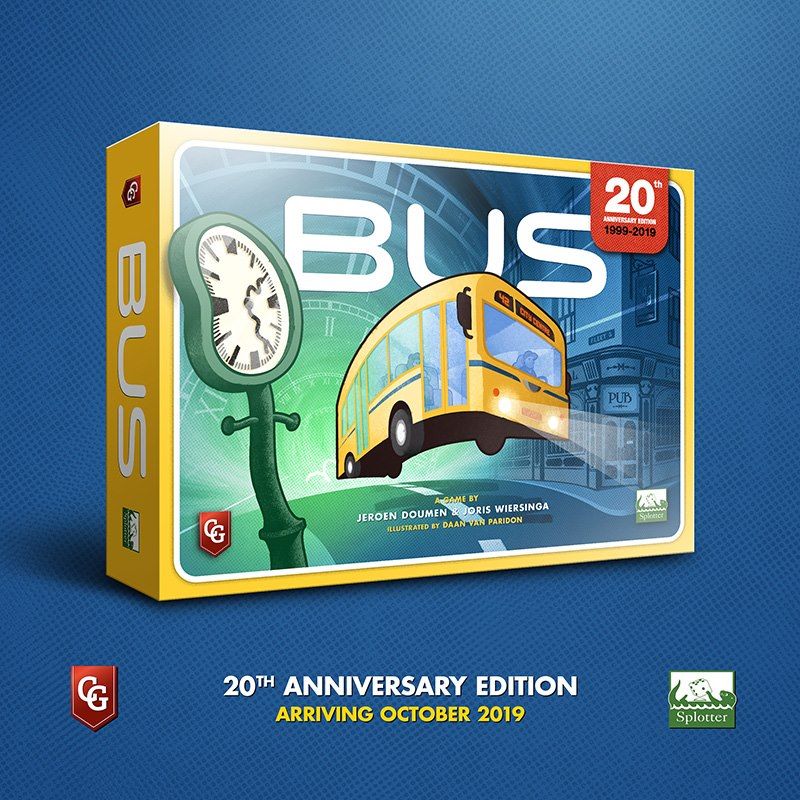
A Brief Comment on Worker Placement and Bus
Worker placement has grown to be one of the most popular and innovated upon mechanisms in board gaming. My favorite worker placement games include titles like Agricola, Keyflower, Dominant Species and Ground Floor. Each of them handles the genre in a unique and interesting way. There’s been a significant amount of discussion online as to what the original worker placement game was and I thought I’d weigh in my thoughts here.
My definition of worker placement is action drafting — a player taking an action which causes that space to become unavailable to other players (i.e. Agricola), or it becomes more expensive in some way (i.e. Keyflower). The two games that are commonly cited as the OG worker placement games are Keydom and Bus (sorry, Way Out West), but if you buy in to my definition I don’t think Keydom makes the cut. In Keydom you’re taking turns auctioning off a set of actions, similar to games like Three Kingdoms Redux, and to me that doesn’t make the cut of worker placement. I can certainly see the argument for it, but I think Bus is the first manifestation of the Agricola style worker placement game that is so prevalent today.
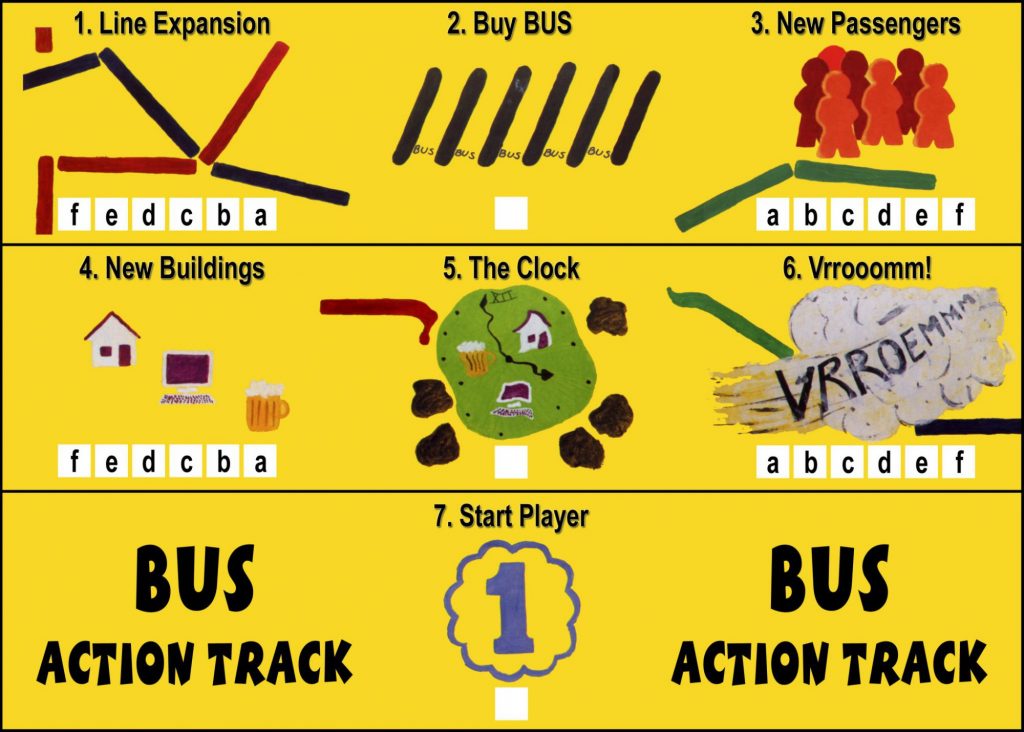
That said I see Bus’s role in the worker placement genre akin to the role of The Lord of the Rings in the coop genre. Worker placement owes its boom in popularity to Caylus whereas coop has Pandemic to thank (also if you like Splotter and coop games check out my review of Pandemic: Rising Tide).

Final Thoughts
Bus is an amazing game. The rules are approachable and anyone familiar with worker placement games will likely be able to grasp and understand them. From that streamlined ruleset emerges a ton of interesting player interaction and depth. On your turn you’ll have to weigh the importance of getting one of the coveted spots to expand your tracks versus setting up future deliveries, or even controlling the space time continuum.
Points are hard to come by in Bus. In order to collect them you have to take the VRROOOMM!! action and deliver patrons from where they are to the destination they desire. Though you have the option to add more to the board, you’re competing with everyone else to make the coveted deliveries. The game almost actively limits your scoring: if a patron is already at an intersection with an end-point they desire, they walk there themselves and you can’t score any points. Bus is the opposite of a point salad— it is a point desert. I’ve only ever scored a little over 10 points in a game and I fought tooth and nail for each and every one of them.

I highly recommend Bus. It is the lightest of the Splotter games I’ve played, but is still an intricate and rich challenge. You’re forced to consider everything about the game state and the moves of all of your opponents at all times. Where most Splotter games are 2+ hour affairs, Bus packs a ton of punch in a game that should take even the most analysis paralysis prone players less than 90 minutes.


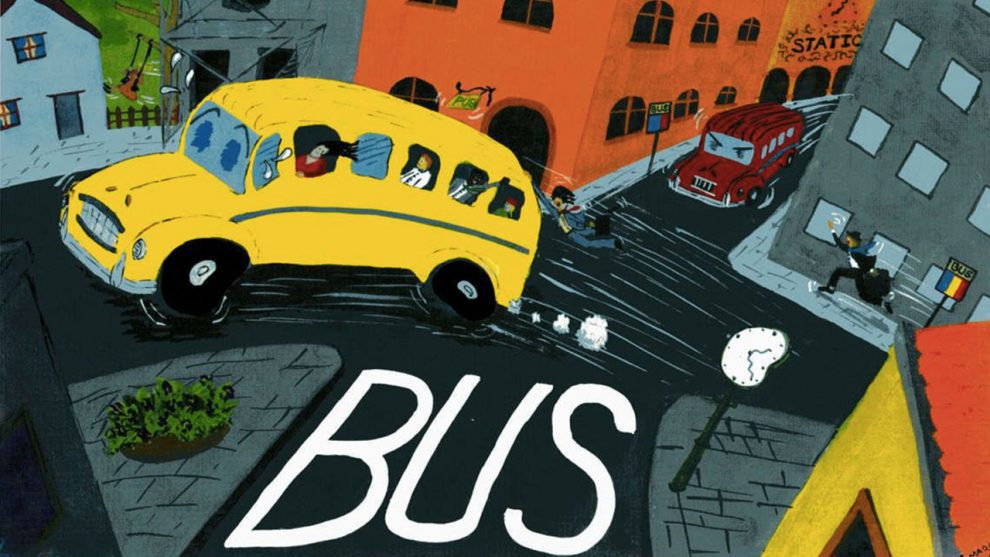




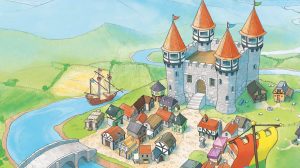




Add Comment